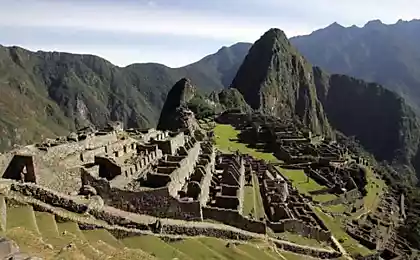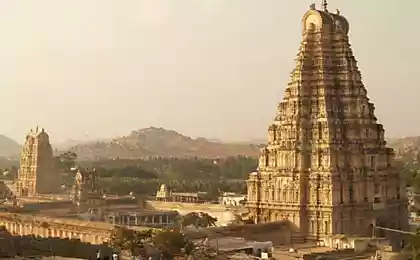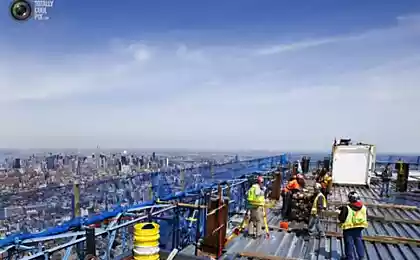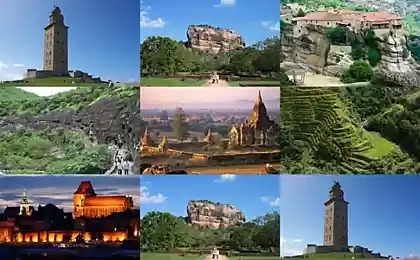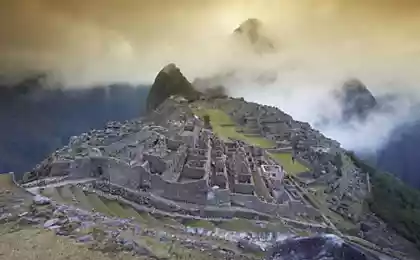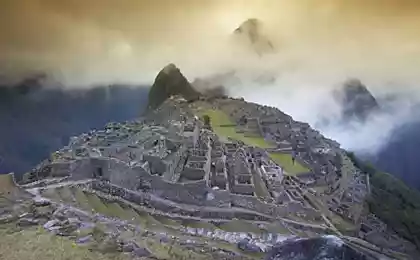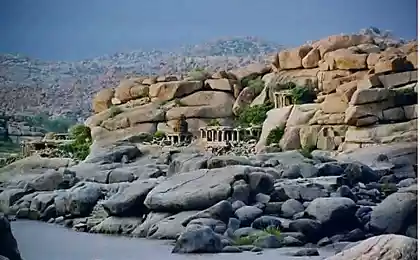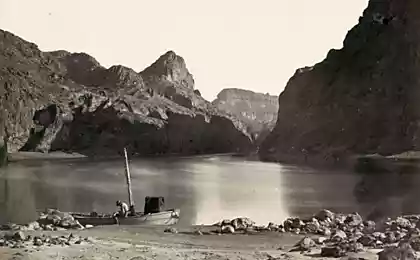574
The ancient city of Hampi
Hampi is a small village in the North Indian state of Karnataka. World fame of this place has brought the ruins of Vijayanagara, the former capital of Vijayanagara Empire. Here, numerous monuments were once part of the ancient city, which are now included in the world heritage list of UNESCO. Since Hampi is located in the heart of the ruins of Vijayanagara (which, by the way, cover more than 26 sq km), it is often identified with the ruined city itself.
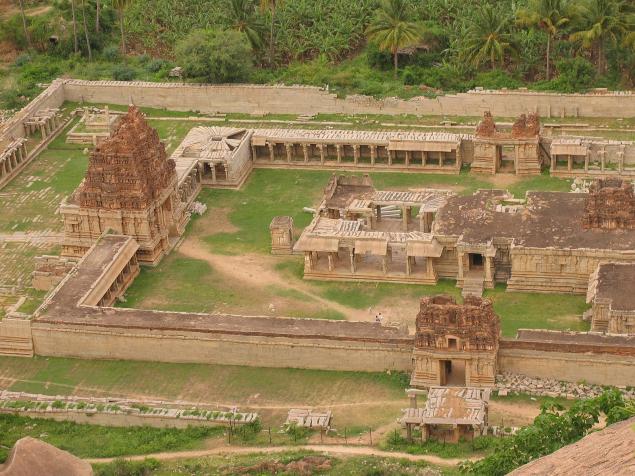
The city was built on the banks of the Tungabhadra river, in a unique more natural landscapes consisting of granite blocks. These stones become pink at dawn and dusk, and abandoned in the jungle of the city becomes a truly Martian landscape.
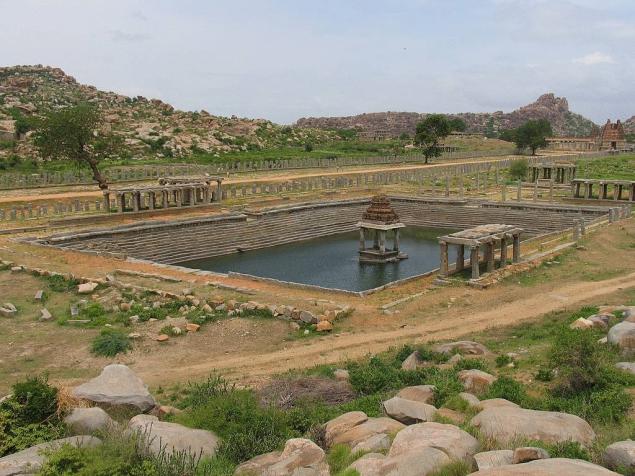
Hampi is divided into 3 zones: the area of the Bazaar in the village itself and its surroundings is the most interesting from an architectural point of view, Royal center, and the area Anegondi across the river. In the area of the Bazaar is the oldest temple of Hampi — Virupaksha (Virupaksha), referring to the beginning of the 15th century, the first thing you see in Hampi tourists. The temple consists of 3 gopuram (gate tower), doligosa a height of 50 m and has 9 tiers each, the main gopuram faces the main street of Hampi.
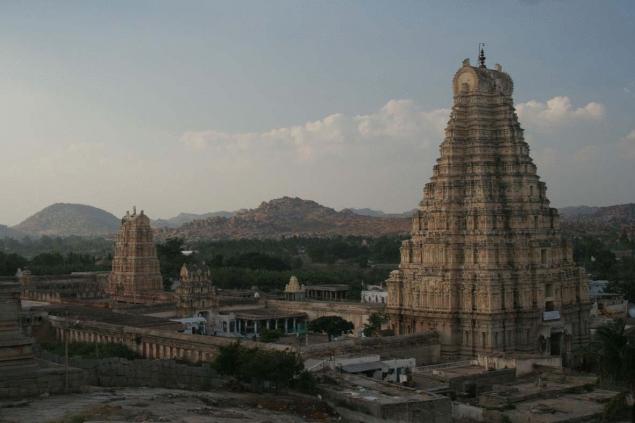
The temple has buildings older, as they say, some parts belong to the 11th or 12th century. However, the Church looks like inside is not as interesting as the outside, in the inner mandapa is decorated with carved columns, and this is actually all. The temple is dedicated, as the name implies Virupaksha, a form of Lord Shiva. Hill Hemakuta, located to the South of the Virupaksha temple and clearly visible from the Bazaar of Hampi, the preserved remains of the early Jain temples and the largest in Hampi monolithic sculpture of Narasimha, one of the forms of Lord Vishnu, now she stands alone.
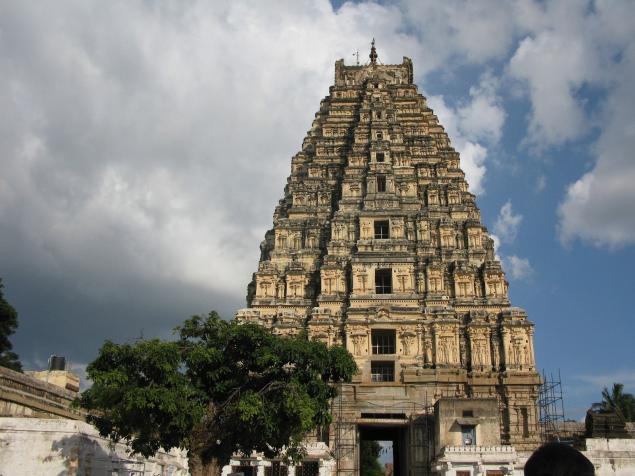
Also in the area of the Bazaar among the boulders located inside the small mandapa monolithic statue of Lord Ganesha, a few temples. 2 km. to the North-East of Hampi Bazaar is the temple Vitally.
Source: /users/117

The city was built on the banks of the Tungabhadra river, in a unique more natural landscapes consisting of granite blocks. These stones become pink at dawn and dusk, and abandoned in the jungle of the city becomes a truly Martian landscape.

Hampi is divided into 3 zones: the area of the Bazaar in the village itself and its surroundings is the most interesting from an architectural point of view, Royal center, and the area Anegondi across the river. In the area of the Bazaar is the oldest temple of Hampi — Virupaksha (Virupaksha), referring to the beginning of the 15th century, the first thing you see in Hampi tourists. The temple consists of 3 gopuram (gate tower), doligosa a height of 50 m and has 9 tiers each, the main gopuram faces the main street of Hampi.

The temple has buildings older, as they say, some parts belong to the 11th or 12th century. However, the Church looks like inside is not as interesting as the outside, in the inner mandapa is decorated with carved columns, and this is actually all. The temple is dedicated, as the name implies Virupaksha, a form of Lord Shiva. Hill Hemakuta, located to the South of the Virupaksha temple and clearly visible from the Bazaar of Hampi, the preserved remains of the early Jain temples and the largest in Hampi monolithic sculpture of Narasimha, one of the forms of Lord Vishnu, now she stands alone.

Also in the area of the Bazaar among the boulders located inside the small mandapa monolithic statue of Lord Ganesha, a few temples. 2 km. to the North-East of Hampi Bazaar is the temple Vitally.
Source: /users/117
